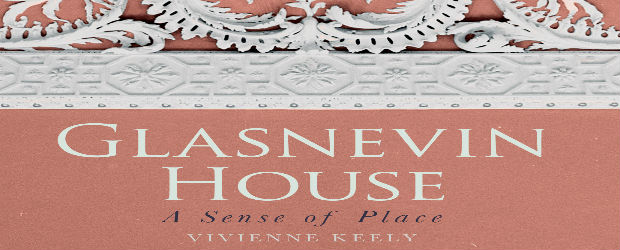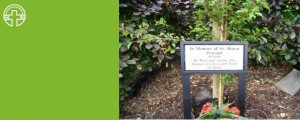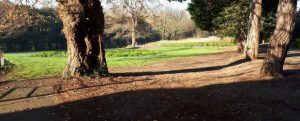Glasnevin, A Sense of Place
The story of Glasnevin House and Demesne, now Holy Faith convent, is connected with the development of the suburb from the time of the early monks, through the medieval period when it was a farm of Christ Church to the Georgian building of Mitchell and its nineteenth century occupancy by the Lindsay family and the Sacred Heart sisters. The story continues with the arrival of the Holy Faith sisters in 1865 and their ongoing stewardship, conservation and development of the land.
Author, Sr Vivienne Keely, explains that ‘ the short book began as a small article to coincide with the opening of the new Centre in February 2014 but then took on a life of its own greatly helped by the presence online of the 1901 census and the wonderful resources of the Irish Architectural Archive’.
Dr Matthew Jebb, Director of the National Botanic Gardens, will launch the book on 24 July. ‘I am delighted that Matthew has agreed to launch the book’ said Sr Vivienne, ‘not only because he is our neighbour but also because his participation symbolises the deep connection between the site and the suburb of Glasnevin’.
The book is already in bookshops and available online from the publishers, The History Press at historypress.ie
Following a review of the archaeological evidence for any association between the convent site and the early monastic settlement of St Mobhi, the book examines the rise of the villa and lifestyle of the eigthteenth-century residents of Glasnevin and the building of Glasnevin House from the residence of Sir John Rogerson to the Georgian house built by Hugh Henry Mitchell with its superb rococo plasterwork.
The chapter on the building of the convent chapel in 1901 documents the work of architects and Dublin craftsmen in the fashioning of the chapel’s liturgical furniture and decoration. The procession of sculptors, woodcarvers, artists and stained glass manufacturers offer an insight into the community of craftsmen operating in Dublin at the turn of the century.
The 1901 census places the community of sisters in the context of its neighbouring streets while the emerging social and religious diversity of the area becomes clear. Discussion of the provisioning of the convent and boarding school opens a window on the commercial and retail activity of the area. The work of architect P.J. Munden for the Holy Faith sisters, spanning 50 years, reached its culmination in St Mary’s Secondary school.
As this small book opened with the beauty of the natural surroundings and the contemplation of the early monks so it closes with the description of the new centre which draws on natural beauty and traditional spiritual influences to engage with a contemporary and inclusive Ireland.
Author: Vivienne Keely; Publisher: The History Press




Dear Sisters,
I wrote to you on Sunday to see if I might visit Glasnevin House on Sunday or Monday next, as my family lived in the building in the early to mid- 19th century. Having not heard from you, I found another website and am writing on this one in case my earlier email did not arrive.
Might it be possible for me to visit then (5th, 6th, or 7 August), or might I have to apply to the Irish Architecture Foundation? I would be so grateful if I were allowed to have a look at the interior.
I look forward to hearing from you.
Yours sincerely,
Susan Haskins